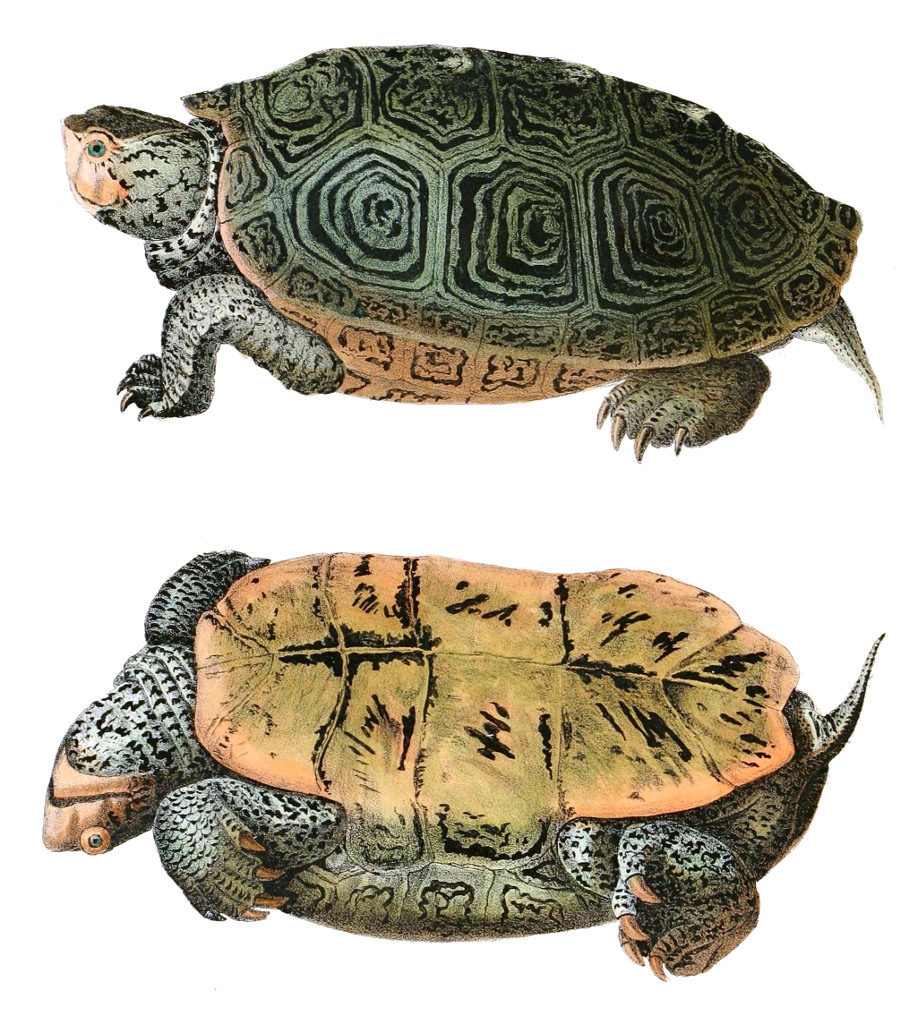Politics is my least favorite part of writing about the environment, but unfortunately it plays a bigger role than I would like in environmental protection. On a national level, President Trump's cabinet appointments for the DEP and Energy have ignited plenty of opinions on both sides.
In our own state, animal-rights groups such as
Bear Education and Resource (BEAR) are now
lobbying for “Pedal’s Law,” after it was initially rejected by the state Senate. BEAR is a program of
Animal Protection League of New Jersey (APLNJ).
The law was proposed by Senator Raymond Lesniak in response to the death of social-media-famous “Pedals” the bear, who was legally harvested/killed this past October by a bow hunter. If the bill is passed, it would effectively ban bear hunting in New Jersey for five years, while implementing a nonlethal bear management program.
Pedals was an injured docile bi-pedal (walking on 2 legs) New Jersey black bear who gained popular attention. Pedals' death touched people in the same way that the 2015 killing of
Cecil the lion in Africa by an American hunter sparked an international outcry and greater scrutiny of trophy hunting.
Is bear hunting in NJ trophy hunting? Those opposed to a bear hunt say it absolutely is that. In 2015, the state expanded the bear hunt to include killing more than one bear, raised the number of bear hunting permits to 11,000, added more regions, added a new season in October, added bows, and increased the hunt up to 10 days in December.
But on the pro-hunt side, the answer is not considered so simple. In an
opinion piece by Mike Adams, he says in talking about about this legislation that "The presumable notion is that after that five years is up, new legislation will move in and ban in New Jersey bear hunting for good."
That is a possibility, but I think that after five years there is also a good chance that the number of nuisance or more serious incidents with bears and humans may have increased to a level that the 5-year ban will convince many more people that a hunt is necessary.
I have been a volunteer in the state's
Wildlife Conservation Corps since the 1970s. The people I have met as volunteers include hunters, fisherman and environmental activists, so opinions differ on many issues concerning how we should treat species in the state.
I have spent most of my years focused on the
endangered, threatened and non-game species of New Jersey. No one argues against protecting bald eagles, but when it comes to game species, like deer and bears, it is more difficult to get consensus.
Those opposed to hunting will argue that hunters and the NJDEP are only interested in game species protection and management in order to provide a population to hunt and to sell permits and licenses. They support non-lethal methods such as artificial sterilization and relocation of transient bears.
Those on the other side will show evidence that these methods are ineffectual and expensive and that only controlled hunting can reduce populations.
In 2016, there were 1,400 accounts of nuisance bears in NJ, which are reported as incidents that include property damage, home entry, livestock kills, and attacks on humans. This number is actually relatively low compared to the earlier years without a bear season. Adams and others point out that in 2004, a year after New Jersey opened its first bear hunt, reports of nuisance encounters dropped by 42 percent.
New Jersey already has a Bear Response Unit for trapping and relocating nuisance bears. A 2009 study cited by Adams that was conducted by East Stroudsburg University researchers in conjunction with Union County College and New Jersey Fish and Wildlife, found that all the bears trapped and relocated into the wild by the response unit return to urban areas within 17 days of their release. When this happens, the response team is forced to euthanize the reoccurring nuisance bears.
These differing opinions on how to deal with bears in NJ are not new, and a
report back in 2005 on the "Correlation of reduction in nuisance black bear complaints with implementation of (a) a hunt vs. (b) a non-violent program" showed that the state was considering both hunting and non-violent solutions to nuisance bear problems.
Bear Smart New Jersey is a public service program of the Bear Education And Resource program intended to protect black bears and their habitat in the state. They reach out to the community to educate residents about bears. They hope to foster a
peaceful coexistence with bears and humans.
They have three main methods for their program. First, to have homeowners and businesses contain attractants like garbage and other unnatural food sources that draw bears into places with people. Second, to implement "aversive conditioning", a behavior modification technique used across the country to teach bears that they are not welcome in an area and to reinstill the bears’ natural fear of humans. Of course, the biggest objective, as with almost all environmental protection programs, is to educate the public.
I'm not optimistic that these two differing sides on the bear hunt will come to any agreement or consensus. It is difficult to show one approach to be better when both are in place concurrently. Unfortunately, as our human encroachment on habitats increases and populations of wildlife increase, our interactions with wildlife will also increase. The current controversy with bears and deer is likely to expand to species like coyotes and others in the future. The bobcat may be protected now, but if their numbers increase and their nuisance interactions with humans and their pets increase, we can expect similar controversies to emerge.














